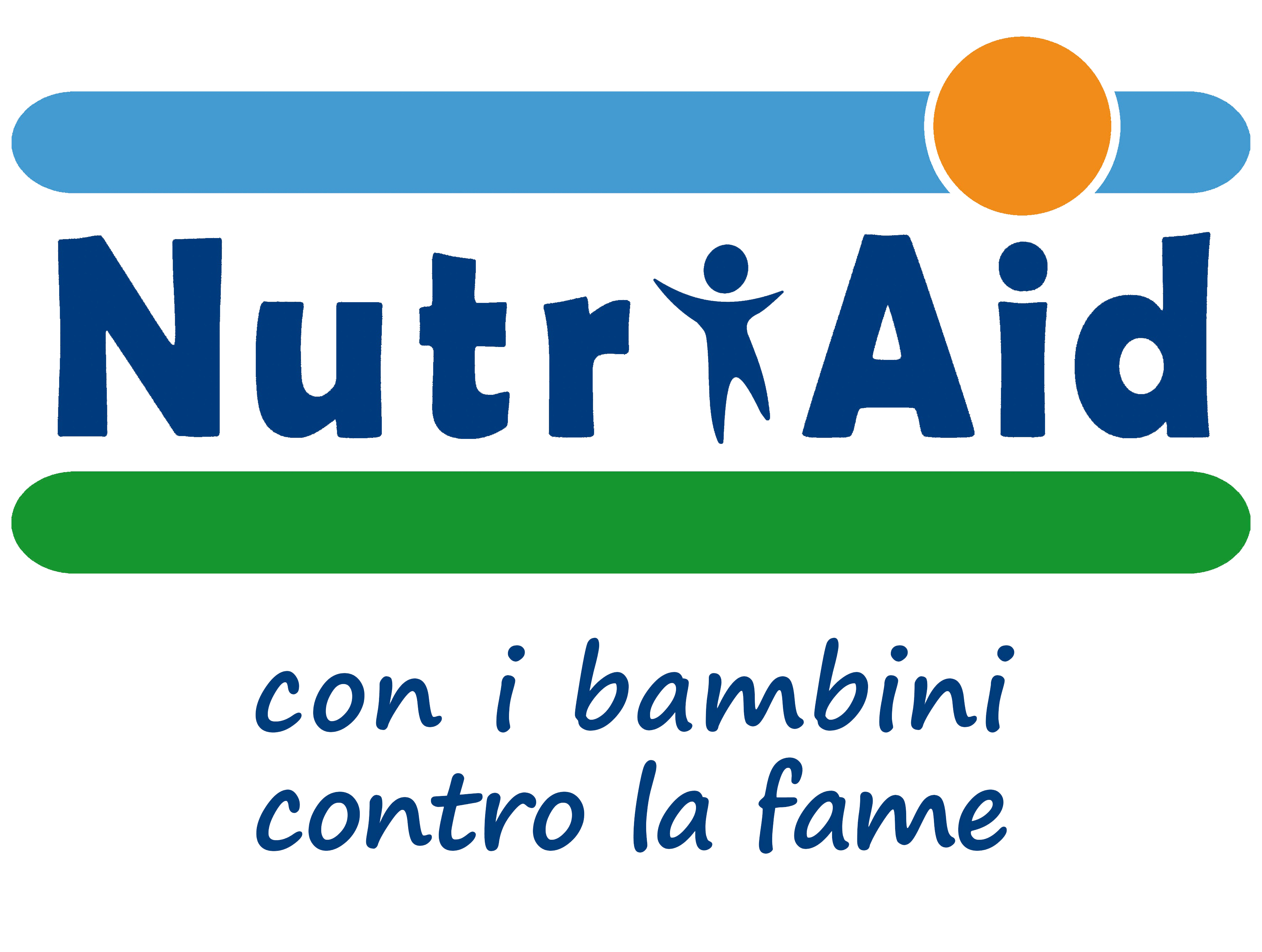Situato nella parte interna dell'Africa Occidentale, il Burkina Faso si estende per 272 967 km² e conta una popolazione di 23.3 mil persone (PNUD 2023), di cui il 43% ha tra i 0 e 14 anni. Considerato un tempo un Paese relativamente stabile, sta attraversando negli ultimi anni una serie di crisi istituzionali e sociali che ne hanno mutato profondamente il panorama politico. Trovandosi, inoltre, nell'orbita del terrorismo islamico è interessato da infiltrazioni da parte di estremisti che destabilizzano soprattutto le regioni ai confini col Mali e col Niger, ma anche la capitale Ouagadougou, colpita da un grave attentato a gennaio del 2016.
La situazione umanitaria del Burkina Faso nel 2023 è più preoccupante che mai. Un burkinabè su 5, ovvero 4,7 mil di persone, ha bisogno di aiuti umanitari e circa un burkinabè su 10, ovvero 1,9 mil di persone, è sfollato internamente a causa di calamità naturali o mancanza di cibo. I bisogni delle persone colpite sono aumentati sia in termini di gravità che di ampiezza geografica rispetto al 2022. I piani nazionali di rafforzamento della sicurezza alimentare e nutrizionale e riduzione della povertà mirano ad affrontare elementi chiave che coinvolgono molte famiglie e in particolare i bambini sotto i 5 anni, in particolare:
- la scarsa produzione agricola dovuta al degrado del terreno unita alla scarsa consapevolezza e adozione di migliori pratiche agricole e della fertilizzazione del suolo;
- lo scarso stato nutrizionale della popolazione (bambini sotto i 5 anni e donne incinte e che allattano), che si spiega con l’elevato numero di bambini di età compresa tra i 6 e i 59 mesi che soffrono di malnutrizione acuta, circa il 10% di casi in più rispetto all’ultima analisi (ott 2020-lug 2021) e con un aumento dei casi di SAM (Severe Acute Malnutrition) di oltre il 18% rispetto all’anno scorso;
- la mancanza di formazione per sostenere lo sviluppo di attività generatrici di reddito (IGA), che sono praticamente inesistenti. Questi fattori portano ad un deterioramento dei mezzi di sussistenza e della coesione sociale. I bassi redditi delle famiglie possono essere in parte spiegati dalla bassa produttività combinata, l’instabilità del mercato dei prodotti agricoli, la vendita a prezzi bassi e la scarsa diversificazione delle fonti di reddito.
NutriAid è attiva in Burkina Faso dal 2016 ove realizza programmi di lotta contro la malnutrizione infantile in particolare in supporto degli agricoltori di Ziniarè e Zitenga, due comunità che si trovano in un‘area satellite della capitale Ougadougou. Nei siti di coltivazione identificati affidati dai piani di sviluppo regionale alle cooperative di agricoltori, sono stati messi in produzione coltivazioni utilizzando tecniche agricole tradizionali, migliorandone le performance attraverso la formazione tecnica e la distribuzione di sementi migliorate. La scelta è guidata dal fatto che queste tecniche si sono evolute nel contesto locale e sono quindi già parte integrante del patrimonio culturale collettivo. Si basano inoltre su tecnologie semplici, facilmente applicabili, che non richiedono l'introduzione di elementi esterni. Hanno inoltre il vantaggio di essere caratterizzati da bassi costi di gestione e da un ridotto impatto ambientale. Il progetto, finanziato dalla Presidenza del Consiglio dei Ministri, ha prodotto risultati rispetto agli obiettivi legati alla sicurezza alimentare, al rafforzamento delle capacità produttive dei piccoli coltivatori, al recupero di terre degradate e alla promozione di buone pratiche alimentari e dinamiche di sviluppo sostenibili.






































































